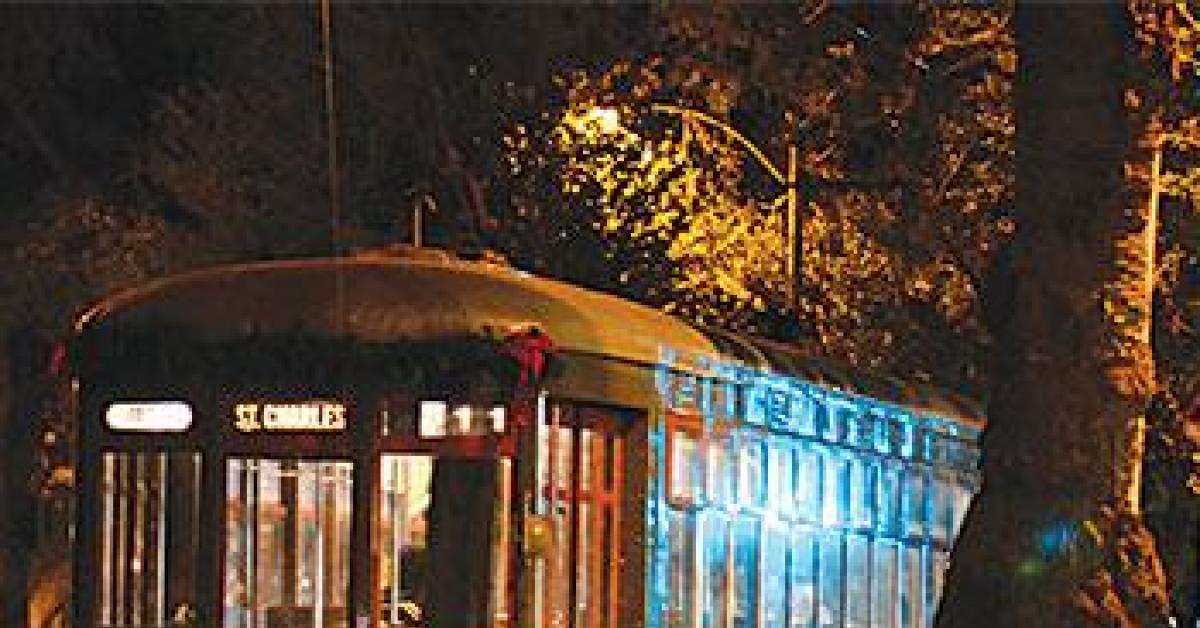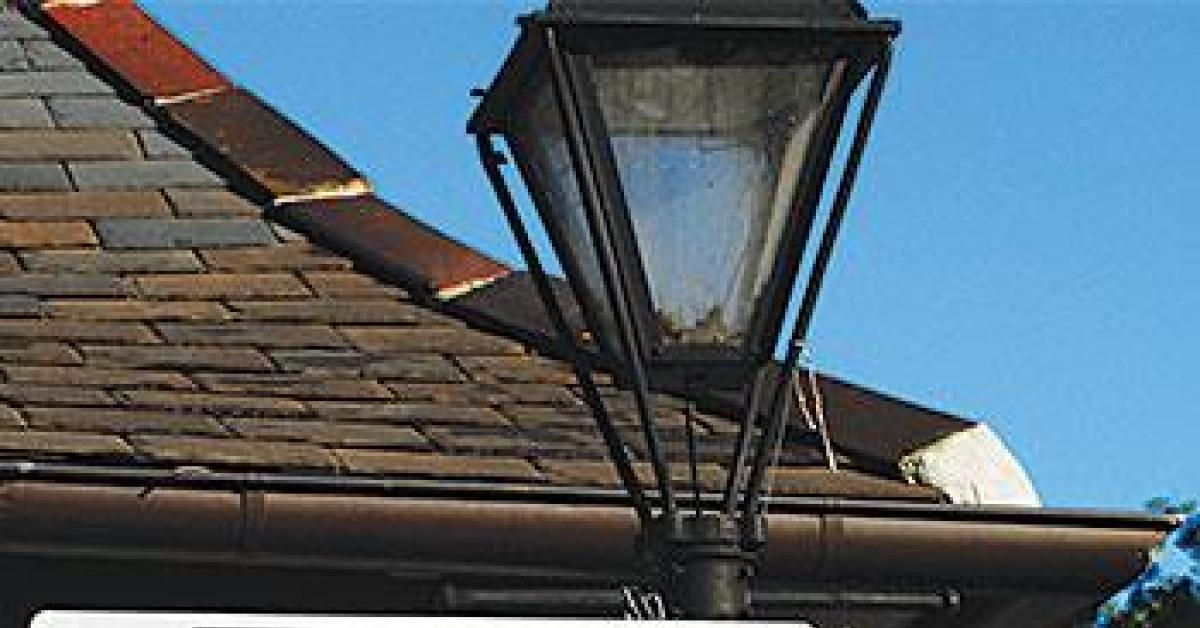NEW ORLEANS — The Clean Show—officially the World Educational Congress for Laundering and Drycleaning—will settle once again next week in the Crescent City for the fifth time in the show’s 36-year history.
More than 400 companies from the laundry and dry cleaning industry are registered to exhibit their products and services at this year’s event, encompassing approximately 200,000 net square feet of the Ernest N. Morial Convention Center.
Though the show has a shorter schedule than years past—beginning Thursday, June 20, and wrapping Saturday, June 22—plenty has been packed into the three-day convention.
With all the hustle and bustle that the show can bring, however, New Orleans does have plenty to offer visitors for relaxation and ways for people to take it easy in the city known as the Big Easy.
With a world of culture right outside the Convention Center doors, visitors at the end of each convention day have every opportunity to do as the locals do: “Laissez les bons temps rouler,” or let the good times roll.
GETTING AROUND
Before taking to the streets of New Orleans, have a plan for navigation. Upon arrival, the cheapest way to get from Louis Armstrong International Airport to New Orleans’ Central Business District (CBD) is via the Jefferson Transit (JeT) bus line. The Airport-Downtown Express (E-2) Bus, which picks up passengers outside the airport’s upper level at Entrance 7, costs $2 and takes about 35 minutes to get to the city.
The E-2 bus then makes stops outside the CBD, circling Tulane Avenue, Elk Place, Pydras Street and Lasalle Street.
In terms of taxi service, a cab ride will cost up to two passengers about $33 to get to the CBD, according to Armstrong International Airport’s website. For those who want to arrive in style, Airport Limousine provides service at rates starting at $58.
Once in the city, the Clean Show will provide complimentary shuttle bus service to and from the Morial Convention Center during show hours at all headquarter hotels, and within two blocks of all other Clean 2013 official hotels. Bus pick-up will be every 15 to 20 minutes.
Three shuttle bus routes are planned to run from 7 a.m. to 11:30 a.m. and from 3:30 p.m. to 6 p.m. on Thursday, June 20. Buses will get started a little later, 7:30 a.m., on Friday and Saturday, June 21-22, but will otherwise follow the established schedule.
Cab fare around the CBD, according to Taxi Fare Finder, costs a flat $3.50 plus $2 for each additional mile.
But to get the authentic NOLA experience, hop on a Regional Transit Authority (RTA) streetcar, which provides service to various points of interest around the greater New Orleans area. The oldest line, the St. Charles Streetcar, has been in operation since 1835, and “remains the oldest continuously operating street railway in the world,” the RTA says.
Managing the streetcar lines is fairly simple. Head to Julia Station on Julia Street and Port of New Orleans Place, for example, and hop on the Riverfront Streetcar to the Jackson Park area and disembark at the world-famous French Market.
For those who prefer to travel on a more local route, the RTA also has 32 bus routes that operate throughout the city. Standard fare for both buses and streetcars are $1.25 one-way, but the RTA does offer day passes (“Jazzy Passes”) that start at $3 for a one-day pass, $9 for a three-day pass.
THE FRENCH QUARTER
Ask anyone what comes to mind when they think of New Orleans, and its world-famous French Quarter will likely be the answer.
The oldest neighborhood in the city, the French Quarter—or Vieux Carre as it was originally called—was established by the French colonists who settled in the area in 1718. Canal Street, Decatur Street, Esplanade Avenue and Rampart Street square off the quarter, which showcases influences from the French, Spanish, Italian, Sicilian, African and Irish, amongst other cultures.
One street that many associate with the French Quarter is the colorful Bourbon Street, where many of the city’s street festivals, including Mardi Gras, take place.
Named after the French royal family Bourbon who ruled France during the 1700s, Bourbon Street is turned into a pedestrian mall each evening by city officials, allowing visitors to walk freely. Every night, the “party” starts at the intersection of Canal Street and Bourbon, and stretches 13 blocks toward Esplanade Avenue.
Though Mardi Gras occurs only once a year, the party and events never stop in the French Quarter, where many of its bars, restaurants and music halls along other streets continue to celebrate life on a nightly basis. One such locale rests right in the heart of the Quarter off St. Peter Street, where true New Orleans jazz still plays on. Originally built as a residence in the 1750s, Preservation Hall touts itself as a “sanctuary to protect and honor New Orleans jazz.”
If the rhythm of the city still has you captivated, just hop over to Royal Street, where it not only presents some of New Orleans’ well-preserved architecture, but is also home to many street performers.
If Bourbon Street’s nighttime festivities are a bit too raucous for your liking, Royal Street’s daytime events may be up your alley. Like Bourbon, Royal is closed off to vehicular traffic for pedestrians. From 11 a.m. to 4 p.m. each day, Dixieland jazz bands, puppeteers, magicians and vaudeville showmen overtake the street to provide live entertainment to passersby.
For those that feel that lady luck is on their side during Clean, venture over to Harrah’s New Orleans Casino on Canal Street. Featuring more than 2,000 slots, 200 table games, comedy shows and a myriad of dining options under one roof, Harrah’s is just minutes away from the French Quarter area and provides the perfect outlet for those who want to keep the good times rolling.
SEE THE SIGHTS
While the Big Easy has plenty of lively entertainment, those looking for a more relaxing experience can find solace in the myriad of tours the city has to offer. For an old world-style tour of New Orleans, try Royal Carriages’ distinct mule-drawn carriage rides, where tour guides highlight various landmarks around the city, including courtyards, iron-laced balconies, Bourbon Street and the Mississippi River, amongst others, according to its website.
Tours start at 8:30 a.m. through midnight daily, and embark at the corner of St. Louis and Royal Streets. A half-hour tour of the French Quarter for four people starts at $90.
With the Mississippi River running through the city, a different way to experience New Orleans is on tours aboard the Steamboat Natchez, or the paddle-wheeler Creole Queen. Both offer a variety of daytime or dinner cruise options, while the Creole Queen also offers a unique 2 1/2-hour tour of the Chalmette Battlefield from the 1815 Battle of New Orleans.
For a truly rare experience, there are other tours that highlight the culture and natural surroundings exclusive to Louisiana.
Although a little out of the greater New Orleans area, swamp boat tours offer a unique perspective of the sights and sounds of the Louisiana bayous. A 25-minute drive south to Marrero, La., for example, will give tourists a chance to see the Jean Laffitte National Historical Park and Preserve through the Jean Laffitte Swamp Airboat Tour. Airboats accommodating up to 98 passengers travel along the park’s meandering bayous filled with local wildlife, like alligators.
For those who want to venture out on their own, the city also has the Audubon Aquarium of the Americas; The Cabildo, the site of the signing of the Louisiana Purchase; and The Ogden Museum of Southern Art, which boasts the “premier collection of Southern art in the United States,” according to travel advisor site Frommer’s.
Check back Monday for tips on New Orleans dining, shopping and more!
Have a question or comment? E-mail our editor Dave Davis at [email protected].


